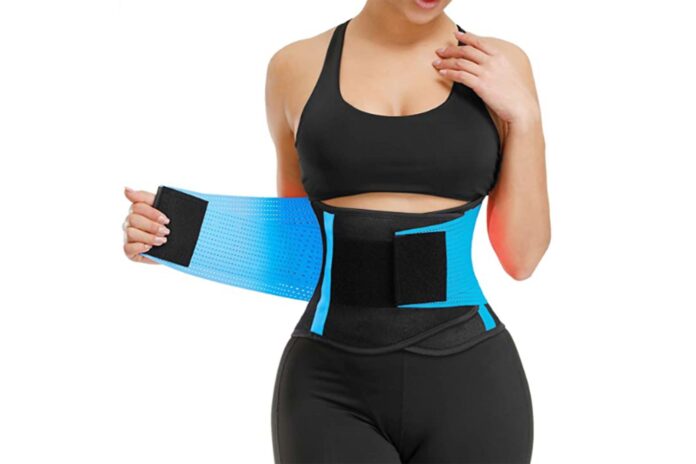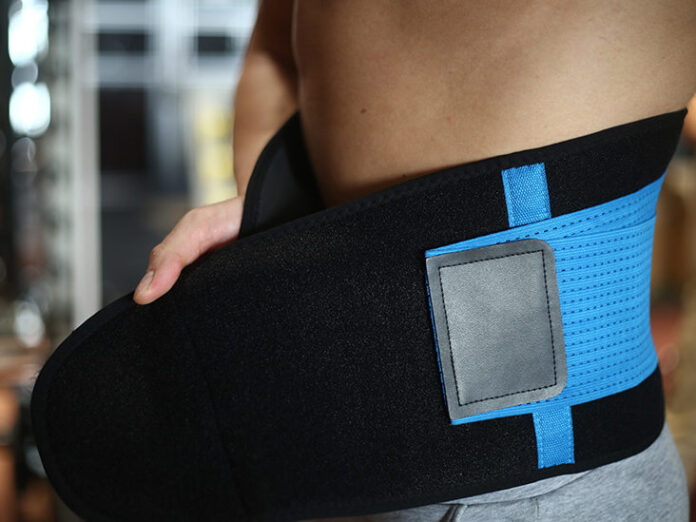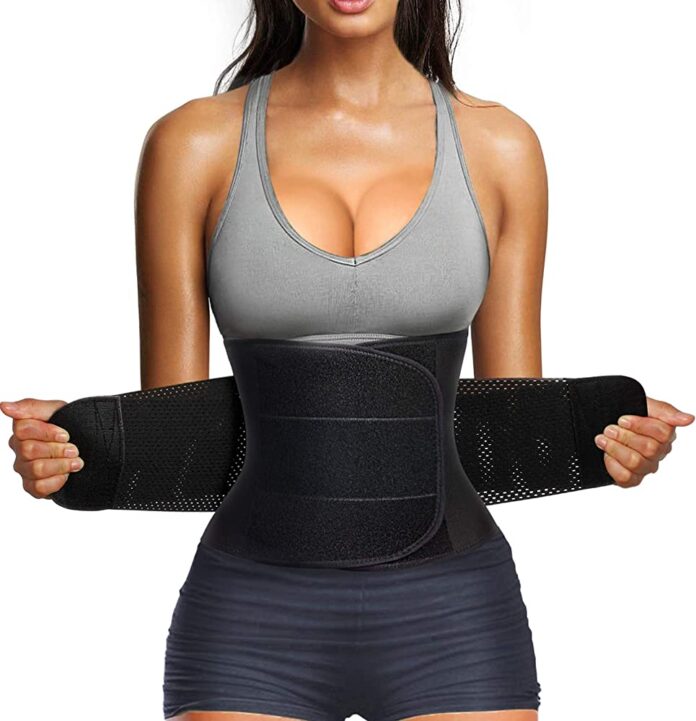Most women have experienced bloating at a certain point in their lives. The majority of us struggle with it rather frequently, maybe once a month, mostly during our menstrual cycle. Of course, the abdominal discomfort brought on by bloating and gas can also be influenced by your food.
The best thing we can do is to share our knowledge in order to possibly prevent some gastrointestinal (GI) upset along the way because bodily functions are a fact of life.
Bloating and gas are the last things you want to deal with when waist training, which is a daily endeavor. You might believe that wearing a compression item, such as a waist trainer, can help. When combating the need to wear waist trainers to look slimmer, you should visit this site and be aware of the following.
What Is A Waist Trainer?

Before we proceed further into the article, we should have a clear idea of what a waist trainer is.
People who wish to make their waists look smaller often use waist trainers. The fabric used to make waist trainers is typically thick and durable. Many provide metal boning around your torso to support you. Your torso is encircled by waist trainers, which you may attach with laces, hook clasps, or sticky fasteners. To prevent the waist trainer’s fabric from bunching up as your waist gets smaller, the strong boning runs vertically.
The concept behind waist trainers is to progressively increase the amount of time you spend wearing them each day. Longer wear sculpts your waist and hips into a more clearly defined hourglass shape.
What Effect Do Waist Trainers Have on Bloating?
Do waist trainers aid in reducing bloating? Simply put, the response is no. Your internal organs are typically housed in your abdominal cavity, along with some extra room. Your GI system can quickly fill with gas, which can squeeze organs and cause you to feel as though you have a balloon in your stomach. No comfort.
Unfortunately, because there is no room for the organs to adapt to the compression and shaping of your support garment, this can make donning a waist trainer exceedingly challenging and even unpleasant. However, you can take advantage of your venture into the realm of waist training to address the underlying cause of gas and bloating and discover solutions to manage this uncomfortable problem. Understanding the reasons behind your bloating is the first step.
How To Reduce Your Bloating?

There multiple reasons why you might feel bloated. The reason might lie in your daily diet, exercise routine, or hormonal imbalance.
Check Your Consumption Of Food
Many foods might result in bloating and gas. Probably familiar to you is the mystical fruit known as beans. Beans, peas, and lentils are examples of legumes that are high in fiber and contain complex carbohydrates that can be challenging for the digestive system. They produce gas because of this. Luckily, there are methods that can stop this from happening, such as soaking and supplementing digestive enzymes.
Cruciferous vegetables like cauliflower and broccoli are also frequent offenders, and the gas and bloating are genuine if you have lactose intolerance. Carbonated drinks, however, are one of the worst offenders. Carbon dioxide is related to carbonation. The carbon dioxide gas in your body increases when you intake it in this form and causes your body to bloat.
Monitor Your Eating Style
Reduce your intake of meals that have been known to cause bloating if you intend to wear a waist shaper frequently. But you should also think about your eating habits. If you almost inhale your food, slow down and chew your food thoroughly. Your mouth’s saliva aids in the digestion of food by breaking it down.
Drink the appropriate quantity of water each day because it is good for your general health and also aids in digestion, circulation, and the generation of body fluids. If you want to adjust your diet, consider consulting a nutritionist and starting slowly to prevent excessive gas and bloating.
Hormonal Changes
Sadly, unless you want to use the birth control pill or other hormone-based treatments, there isn’t much you can do about the hormonal changes that are a natural part of your monthly cycle. A healthy diet, regular exercise, and drinking lots of water can all help.
Then how can a waist trainer help you come in shape?
How Does A Waist Trainer Work?

Contrary to popular belief, waist trainers are not the same as shapewear because they are intended to be used frequently and even tightened over time.
Because of this, some individuals assert that they can assist you in losing weight and achieving a more hourglass form. Some businesses that market waist trainers advise wearing one after giving birth.
So, are they actually able to aid in weight loss? Not quite. Instead, there are three key developments:
Squeezing
Waist trainers, which resemble extremely tight shapewear, squeeze your midsection. But the moment you take off the trainer, the effect vanishes.
Sweating
Because waist trainers are heated, you might perspire more often while wearing one, which may cause you to lose water weight. But this impact is fleeting.
Shrinking
Your core muscles may atrophy and weaken as a result of constant waist trainer use. You are also less inclined to overeat when wearing one because your stomach is constricted.
Without really assisting you in losing any weight, all of these modifications may help you feel and appear thinner.
Dangers Of Wearing A Waist Shaper

Waist trainer use over an extended period of time may have a negative impact on a person’s general health. A waist trainer may be dangerous to a person if used incorrectly. It might:
- Cause breathing difficulty
- Reduce regular appetite
- Strain internal organs into constrained postures that, over time, may result in irreversible injury
- Fracture ribs
- Cause gastroesophageal reflux and other digestive problems.
In Conclusion
Does waist trainer reduce bloating, then? Compression and bloating do not make for a comfortable combination. However, wearing a waist shaper every day will help you become more conscious of how frequently you suffer from bloating and gas, which can help you better understand and control your diet to reduce bloating episodes and experience greater comfort every day.








